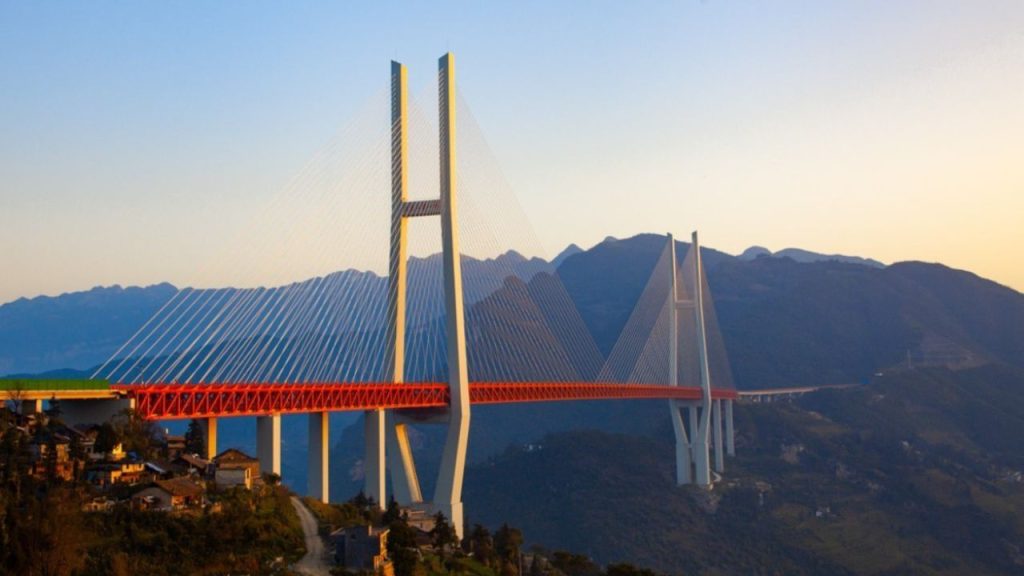Bridges are among the most impressive technical feats because they allow humans to traverse vast valleys, lakes, mountain streams, steep gorges, rivers, and even open ocean. They also never cease to amaze us for the simple reason that now and then, new records are set for length, structural height, height above the valley floor, maximum distance between towers, and other variables.
How Bridge Height is measured?
It would be helpful to define what “bridge height” means before looking at the rankings for the tallest bridges in the world. Although there are more ways to interpret the phrase, these three are commonly used:
- The separation between the river, lake, stream, or valley below and the bridge’s road level;
- The height of the building itself, including any towers, if any.
- The highest tower on the bridge’s height.
The space between the bridge’s road level and the bottom of the gorge below is what we mean when we rank the highest bridges; that is, the terrifying distance that a weight would fall if it were dropped from the bridge’s horizontal surface to the “furthest” point in the valley.
Which is the tallest bridge in the world?
Now, look at the world’s highest bridges in China. This reflects the nation’s recent construction boom, which aims to create quick connections between its many regions. China’s Duge Bridge, 565 meters. As previously mentioned, the Duge Bridge in China, also called the Beipanjiang Bridge, presently holds the highest bridge. At a height of 565 meters above the river, the cable-stayed bridge was built to cross the Beipan. This 1,340-meter-long highway bridge’s ten spans were built when it was finished in 2016. With two towers 269 and 246 meters above ground, respectively, for the suspension of the cables, this is the highest bridge in the world.
Read Also – What Is The Most Violent City In The UK?



